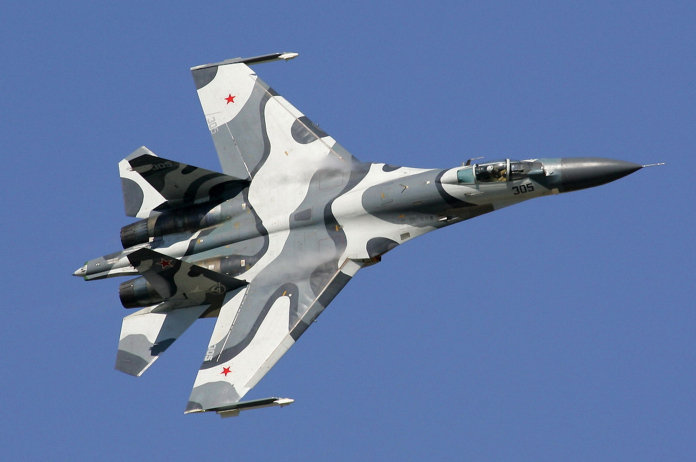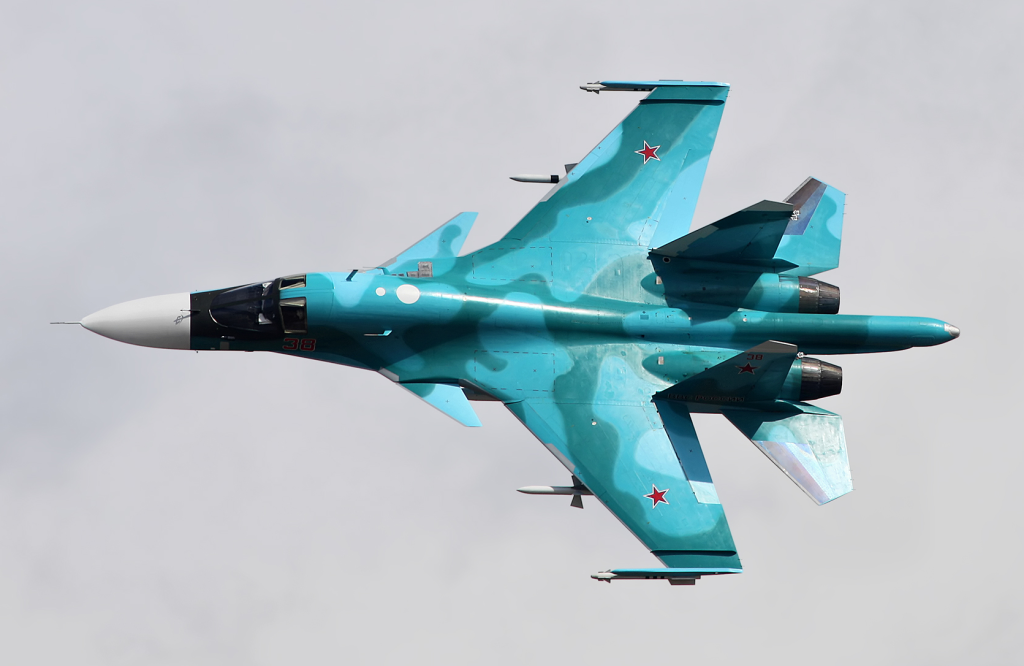
“Together to victory.” The rallying cry of the Ukrainian Air Force on September 25 meant a lot more than mere symbolism it announced the destruction of yet another of Russia’s coveted Su-34 fighter-bombers over Zaporizhzhia. The strike, which came at approximately 4 a.m., formed part of Kyiv’s continuing campaign to weaken Moscow’s air strength, one that has already destroyed dozens of such advanced aircraft.
The Su-34, NATO-designated as the “Fullback,” is no routine aircraft. Russia’s sole specialized fighter-bomber, it is a long-range strike platform with heavy armor designed in the last years of the Soviet Union. But in Ukraine’s disputed airspace, its survivability reputation has been continually discredited. This recent loss highlights the vulnerability of the Fullback as well as the increasing sophistication of Ukraine’s air defenses.
For military analysts, defense strategists, and air war buffs, the event provides a glimpse into the larger dynamics of contemporary air warfare where legacy of design, production capability, and battlefield improvisation converge. Seven key lessons from this sensational kill follow:
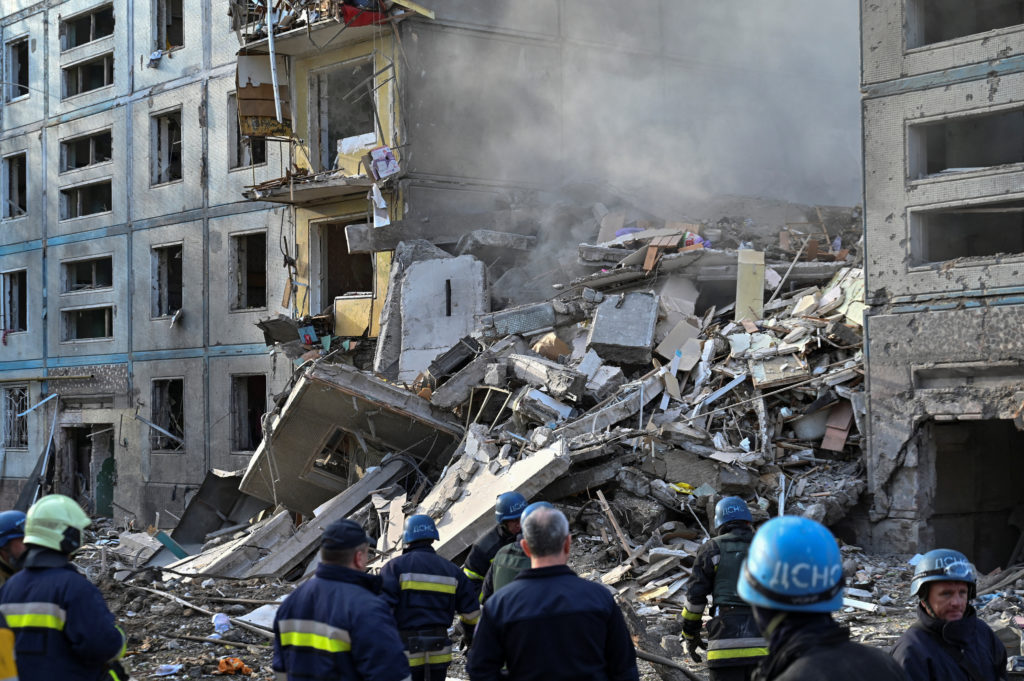
1. The Strike Over Zaporizhzhia
Early on September 25, Ukrainian air defenses destroyed a Russian Su-34 during guided bomb strikes against Zaporizhzhia, Ukraine’s Air Force said. The plane was making “terrorist attacks” against the city when it was downed, according to Ukraine. The intercept method is not public, but the pre-dawn timing implies meticulous synchronization with Ukraine’s multi-layered air defense system.
This was not a one-off incident. Su-34 fleet has been hit multiple times, with earlier kills in Kursk and Volgograd Oblast. Open-source intelligence group Oryx has visually verified 39 Su-34 losses since February 2022, a number that ignores unverified reports. Each loss is not just a tactical victory but a strategic hit to Russia’s aerial strike capacity.
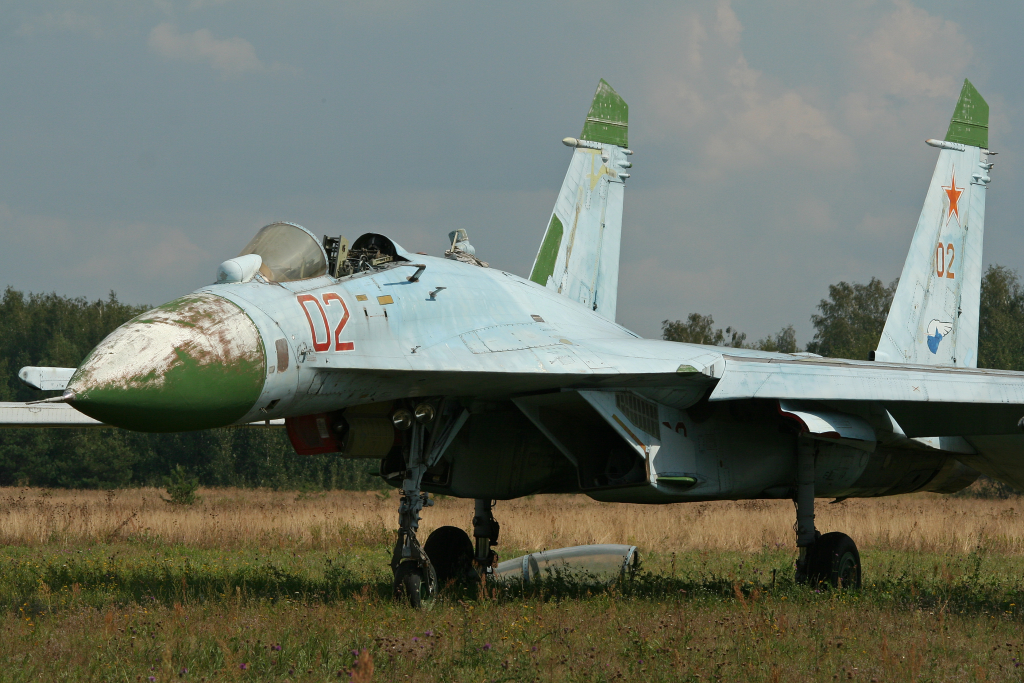
2. Russia’s Only Fighter-Bomber
The Su-34 has a special place in Moscow’s arsenal. Forbes’ David Axe described it as Russia’s best and sole fighter-bomber. Based on the Su-27 Flanker, it was specifically engineered for deep penetration bombing, able to attack military hardware, infrastructure, and bridges.
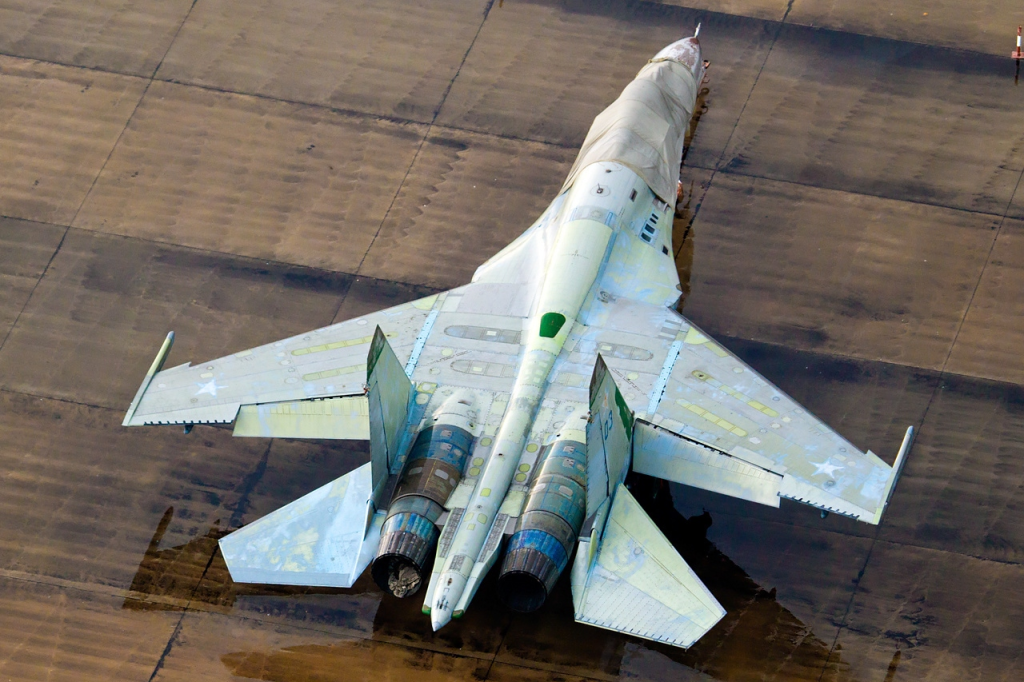
Its side-by-side cockpit, titanium armor, and ability to carry a maximum of 14,000 kg of ordnance make it unstoppable on paper. However, this specialization also makes it unable to match the agility and stealth of contemporary multirole fighters, thus leaving it vulnerable in contested airspace. The aircraft’s dependence on Western-produced microelectronics for precision-guided munitions only adds to its weakness under sanctions.
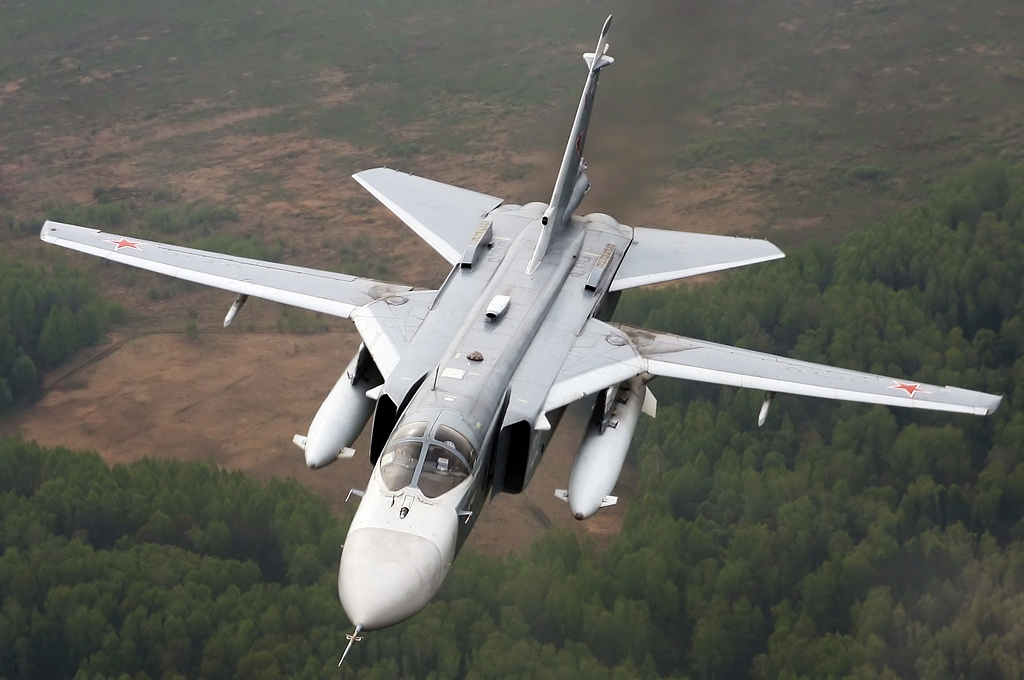
3. A Design from Another Era
Designed in the 1980s to supersede the Su-24 “Fencer,” the Su-34’s design is Cold War-focused. It was constructed with the aim of surviving through dense but technologically less advanced NATO air defenses, with heavy armor and penetration at low altitude.
When production eventually resumed in the 2000s, state-of-the-art avionics were transplanted onto this earlier airframe design. This hybridized design is why the Su-34 performed wonderfully in Syria’s lenient environment but has struggled against Ukraine’s advanced, networked air defenses. The Su-34M upgrade program now aims to address these mismatches by adding standoff capability and improving electronic warfare systems.
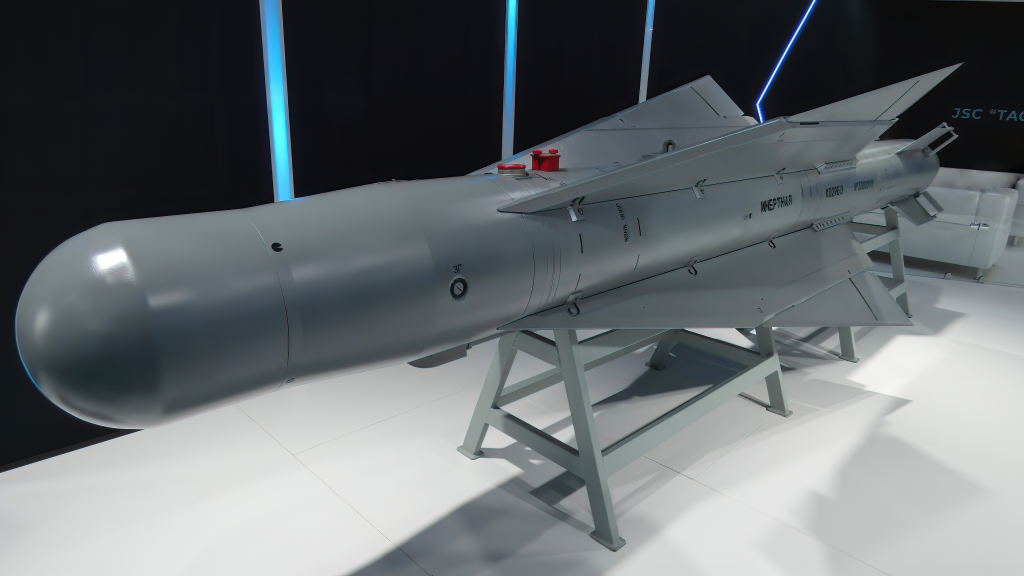
4. The Glide Bomb Adaptation
Shortages of advanced precision-guided munitions have pushed Russia to improvise. Widespread use of UMPK glide bomb kits basic wing and guidance splices for unguided bombs enables Su-34s to attack from 35–45 km out, remaining beyond the range of much frontline air defense.
While this has reduced attrition rates, it has also transformed the Fullback into what analysts describe as a “glide bomb truck,” sacrificing precision for survivability. This adaptation is less a sign of tactical innovation than a symptom of Russia’s constrained high-tech manufacturing capacity under sanctions.
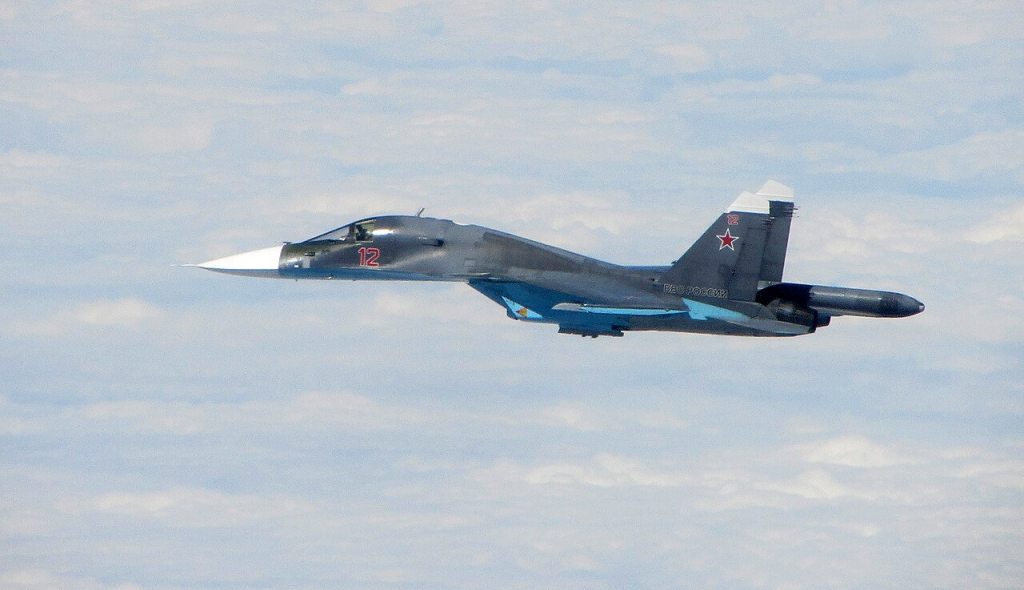
5. Ukraine’s Air Defense Evolution
Ukraine’s ability to down Su-34s reflects a broader evolution in its air defense strategy. The integration of Western systems like the U.S.-supplied Patriot has enabled Kyiv to conduct tactical “SAMbushes,” repositioning launchers to surprise Russian aircraft.
As Ukrainian Air Force spokesman Yurii Ihnat put it, “after Russian aircraft are shot down and wrecked, the occupiers don’t even approach any closer.” That inhibiting effect compels Russian pilots to drop bombs from further away, making them less accurate and effective.
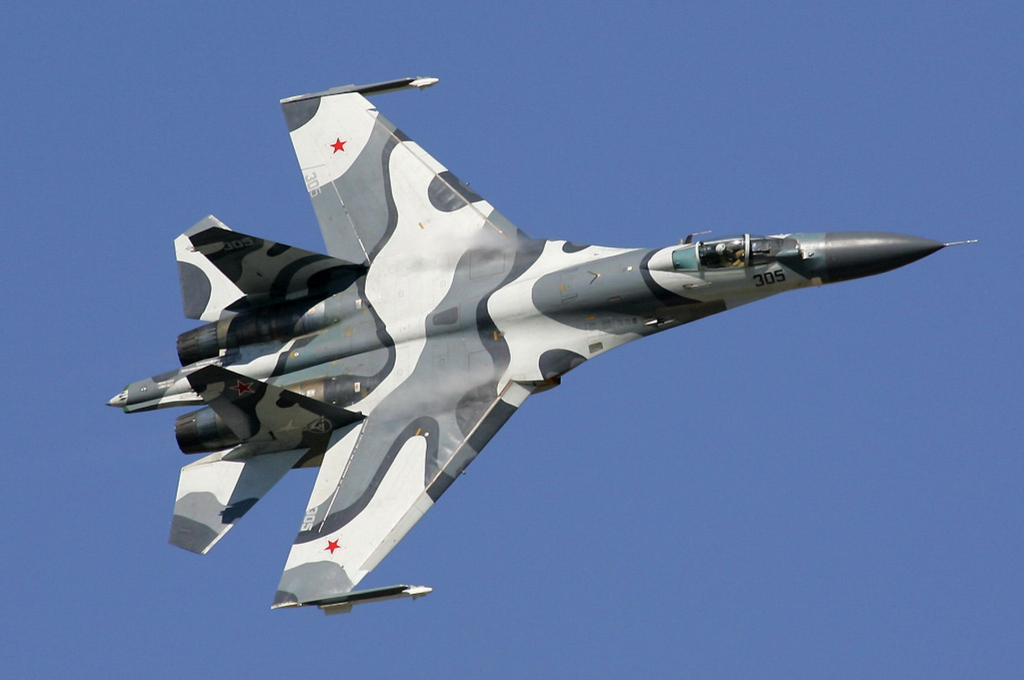
6. Production vs. Attrition
Russia’s production of fighter aircraft, at an estimated 29–50 combat aircraft in 2023, is enough in theory to replace existing Su-27 family losses. Yet simply replacing airframes is one thing. Depleting the experienced crews, trained over years, is a longer, more profound problem.
Sanctions have dampened output, created supply chain bottlenecks, and raised the cost. Russia can replace numbers, but keeping operational quality up under these pressures is much harder.
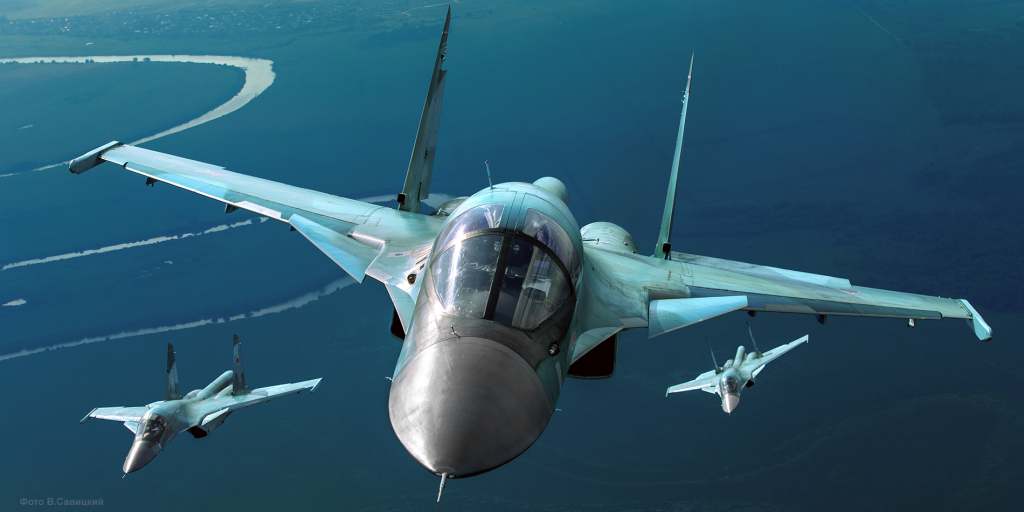
7. Modern Air Warfare Lessons
The Su-34’s path from Cold War design to Ukraine’s battlefield demonstrates the dangers of counting on inherited designs in high-tech wars. Thick armor and bulky payloads become less significant when opponents can locate and attack non-stealthy planes with accuracy.
Its future success will depend on how standoff weapon range is balanced against leading-edge enemy air defenses. For Ukraine, every Su-34 kill represents both a tactical triumph and a strategic signal: even its most valued assets are within reach.
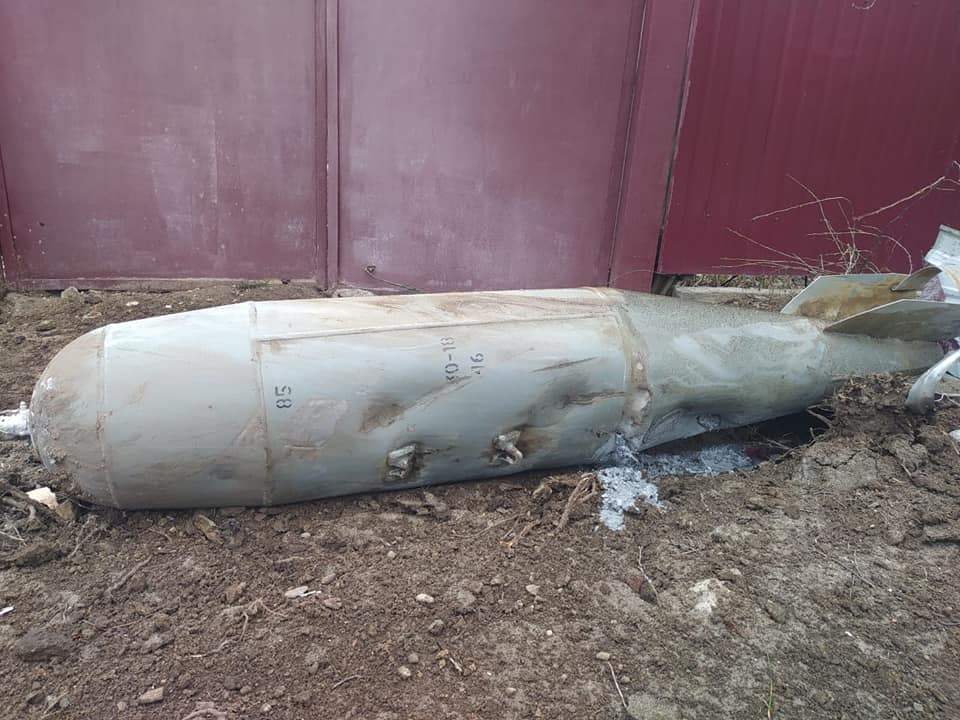
The shootdown of yet another Su-34 over Zaporizhzhia is more than a headline it’s a microcosm for the dynamics of change in the Russia-Ukraine air war. It reflects how technological updating, production constraints, and battlefield ingenuity color outcomes in contemporary conflict. For Moscow, the difficulty is maintaining capability in the face of increasing losses; for Kyiv, it is maintaining the pressure that keeps even Russia’s superior aircraft at a distance.
